|
There was a lot to harvest this week at the teaching gardens at Zilker Botanical Garden. Black Diamond watermelon, black-eyed peas, Blauhilde Pole Beans, bell, banana, and jalapeño peppers, cucumbers, burgundy okra, and a lot of herbs and warm season greens including lambs-quarter. One of our lambsquarter plants has grown into a tree (lambs whole🤪), almost 10 feet tall! We also did foliar seaweed sprays on tomatoes, peppers and plants that looked stressed from the increase of heat.
The main activity was getting our Fall Milpa (Three Sisters) planted on time with the moon calendar. We cut back the corn stalks at the base in the old Milpa beds. Since corn is a scavenger and absorbs a lot of nutrients, we revitalized the soil with mushroom compost and recycled mushroom blocks. We did the same in the Fall Milpa beds. Recycled or spent mushroom blocks contain common by-product ingredients such as wheat straw bedding, coffee chaff, cottonseed hulls, poultry manure, brewer's grain, cottonseed meal, cocoa bean hulls and gypsum. Many of these ingredients are already great organic amendments to soil. This study shows that using spent mushroom blocks as fertilizer on many plants is a viable alternative to other fertilizers and soil conditioners and should be looked at as valuable product and not simply a waste material. It is a cost effective way for farmers and gardeners to build soil health while operating in a sustainable fashion and the benefits seem to get better with time and persist long after initial application. Learn more about the benefits of adding mycelium to the soil here.  We just passed the Full Buck Moon. Buck Moon because the antlers of male deer (bucks) are in full-growth mode at this time. The moon will continue to appear full, swept by Saturn and Jupiter. Yesterday Saturn appeared just above the Moon, and today, Jupiter is aligned with the Moon! We are now going into a waning period of the Moon—from the day after it is full to the day before it is new again. As the moonlight decreases night by night, plants are encouraged to grow roots, tubers, and bulbs. It’s always best to try to plant with the coming rains which are in the forecast. TRANSPLANT Sweet Potato Slips Since we had an unusually cool summer so far, there is still enough time to plant slips before the first frost. POT Multiplying onion bulbs sprout in 4 inch pots to plant in early fall ABOUT MULTIPLYING ONIONS Tim Miller, longtime AOG member and owner of Millberg Farm in Kyle, Texas (first certified organic farm in Texas), shared this history of the bulbs he grows and sells to garden stores. Tim originally received 7 bulbs of Egyptian multiplying onions from Ken Litchfield who was a Sunshine Community Gardener back in 1986. Back then, only Japanese bunching onions were being grown in Austin according to longtime AOG member Carolyn Panak. She said they were around in the 60s. Egyptian multiplying onions have 3 other names but most likely came from Louisiana when thousands of acres were being grown before WW2 that is now all gone. GIVEAWAY We have a few more purple sweet potato slips and multiplying onion bulbs to give away this month to the first person to answer this question correctly? What methodology of organic farming does Tim Miller implement? WHERE TO BUY The Natural Gardener and Cultivate Holistic Supply will have transplants in September. MORE IDEAS For more ideas on Ornamentals, Perennials, and Herbs, visit the Central Texas Gardener and The Natural Gardener lists online. Download the Texas A&M Extension Planting Chart and Varieties.  We just passed the first quarter and the moon is now waxing gibbous going into a full moon. Now is also a time to seed-in plants that fruit and seed like corn, melons, pumpkins, squash, okra, corn and southern peas. If you want to grow pumpkins for Halloween, get your plants started by mid-July. If you already planted these things, remember that it’s a good idea to succession plant and grow twice as much as you will need in case of disease and pest. As always, it’s best to transplant and seed-in with coming rains. DIRECT SEED Corn Melons Okra Pumpkin Southern Peas Winter Squash TRANSPLANT Eggplant Peppers Tomatoes TOMATO TIPS When nighttime temperatures soar above 70 degrees F, tomato plants tend to produce fewer blossoms and the blossoms often drop before they become pollinated, resulting in fewer fruits. Here are some time and water saving tips for getting a fruitful crop in the fall. From The Natural Gardener: “Cut back spring-planted, indeterminate tomatoes leaving about 1/3 of the plant, and feed with a high-phosphorus fertilizer to rejuvenate them for fall season. Sometimes there are still flowers and green tomatoes on the plants, but it is better for the fall harvest to cut them back around mid July. You can use any unripe fruits to make fried green tomatoes! Pull any unhealthy looking plants and replace them, then set up 40% shade cloth to protect your plants from the hot afternoon sun. Once temperatures cool off, the flowers will begin to set fruit. If you’re successful in keeping your plants consistently watered and happy, you’ll enjoy a good fall harvest.” From AOG Member Tim Miller: You can also cut the tips off of Tomatoes and put them in water for a week until they sprout roots and then pot them and put them in a shady spot or under shade cloth. You can transplant them in the late summer/early fall. These literal and figurative tips will save WATER and TIME in planting your fall tomatoes. For more ideas on Ornamentals, Perennials, and Herbs, visit the Central Texas Gardener and The Natural Gardener lists online. Download the Texas A&M Extension Planting Chart and Varieties Chart on our website.
This past Saturday we volunteered with longtime AOG member David Kramer at the Blackland neighborhood community project. We harvested and enjoyed a seedy, heirloom watermelon, cut back amaranth and tomatoes. We saved some green tips of the tomatoes plant in the fall. Watch this video to learn how to do it. The biggest challenge of the day was moving the bicycle bamboo trellis to a bed where malabar spinach had volunteered. After we cut back the plants in one of the beds, we did two things to revitalize the soil for the next crop.
1. Inoculated the soil with recycled/spent oyster mushroom blocks. This study shows that using spent mushroom blocks as fertilizer on beans, beets, garlic, greens, peas, peppers, radishes, and tomatoes is a viable alternative to other fertilizers and soil conditioners and should be looked at as valuable product and not simply a waste material. It is a cost effective way for farmers and gardeners to build soil health while operating in a sustainable fashion and the benefits seem to get better with time and persist long after initial application. Go here to sign up to get spent mushroom blocks. 2. Added Compost We had the opportunity to meet Alan Schroeder of Save the Food. Part of his food rescue mission includes converting organic food waste into compost. We took turns sifting compost from the last step of the process. It was steamy! 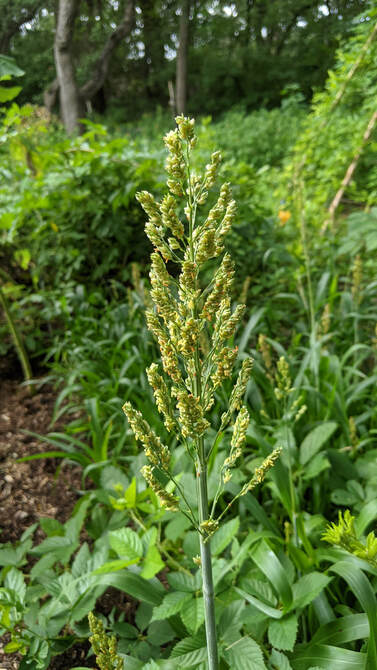 Sorghum, Millet and Buckwheat Growing at Zilker Botanical Garden Sorghum, Millet and Buckwheat Growing at Zilker Botanical Garden What summer cover crops do you like to use? We spent a few minutes before the rain to sow summer cover crop seeds in the teaching beds at Zilker Botanical Garden. WHAT ARE COVER CROPS? Cover crops keep your soil web working by adding nutrients, suppressing weeds, controlling / redirecting insects and most importantly it is a carbon sequestration stragtegy. Your soil ecosystem will be balanced, fertile, and ready for fall planting. A cover crop is a crop you grow for the soil, and not necessarily for your plate but we are going to try hand-harvested some of them this year and will let you know how it goes. Many crops can be harvested and used as a forage for backyard chickens BENEFITS OF COVER CROPS
RECOMMENDED VARIETIES FOR CENTRAL TEXAS
WHERE TO PLANT So based on all of these benefits, choose an area in your garden, for a new area that you want to garden that. It is also a good crop rotation strategy. We will be planting cover crops where we grew corn, which uses a lot of the nitrogen in the soil. Additionally we will be planting cover crops where we grew sweet potatoes. This will ensure that we control any potential nematode problems. WHEN TO CHOP & DROP Once you're ready to start your spring garden, you can cut down your cover crops by mowing, weed eating, or just chopping down with some loppers. Never, uproot your crops because you want to not upset the soil ecosystem or pull up the organic matter and nitrogen nodules that are in the roots of the plants. You can use the organic matter as mulch, you dig a trench in your garden and compost the organic matter or add it to you compost bin. WHERE TO BUY Check your local garden store or purchase seeds online.  We just passed the New Moon phase and are now approaching the First Quarter and are in Waxing Crescent. It’s a good time to plant warm season leafy greens and cover crops to protect the soil. During the waxing of the moon (the period extending from the day the moon is new to the day it reaches its fullest point), the moon pulls moisture upwards. Seeds do well during this time because moisture is available at the surface of the soil. As things heat up these next couple months, be sure to do weekly foliar sprays with liquid seaweed to provide plants with hormones and nutrients needed for heat stress and to prevent disease and pests. Direct Seed or Transplant Warm Season Greens
Seed in Cereal Grains & Cover Crops For the health of your soil, moisture retention, and to prevent weeds, keep your soil covered at all times with cover crops, compost and mulch. Bare soil invites weeds. Consider planting summer cover crops, such as buckwheat, millet, sorghum, or southern peas. Add compost, then mulch, to other bare soil areas. An inch or two of compost, and then two or three inches of mulch. For more ideas on Ornamentals, Perennials, and Herbs, visit the Central Texas Gardener and The Natural Gardener lists online. Download the Texas A&M Extension Planting Chart and Varieties Chart on our website. TSo much happening in the teaching garden. @zilkerbotanicalgarden this last Saturday. Thanks volunteers for helping tend the veggie garden! The Datura or Jimsonweed was looking beautiful this week so we took our group shot next to it. (We relocate hornworm to this nightshade plant when we find them on our tomatoes!!!)
We were bummed to see the squirrels had gnawed though every kernel of corn in the milpa or #threesisters bed. Apparently humans decided that squirrels need more corn because there is a market for "Squirrel Picnic Table Feeder with Corn Cob and Peanuts." 🤦🏻♀️ The squirrels also snacked on the tomatoes and a few of our baby watermelons. We fortified the sweet orange watermelon with bricks holding down the chicken wire cloche. The snacking happened before the recent rain. When it is hot and dry, squirrels may eat tomatoes, cucumbers, or other juicy produce from the vine because they’re thirsty. Some people have reported that placing a dish of water (or bird bath) nearby helps. Hopefully the rain will help keep the squirrels at bay but we are also going to look at adding another water element nearby. We still had plenty to harvest including tomatoes, peppers, okra, basil and Japanese shiso. Danielle Basil had everyone off on snacking on raw burgundy okra. Yum! |
AuthorWrite something about yourself. No need to be fancy, just an overview. Archives
May 2024
Categories |
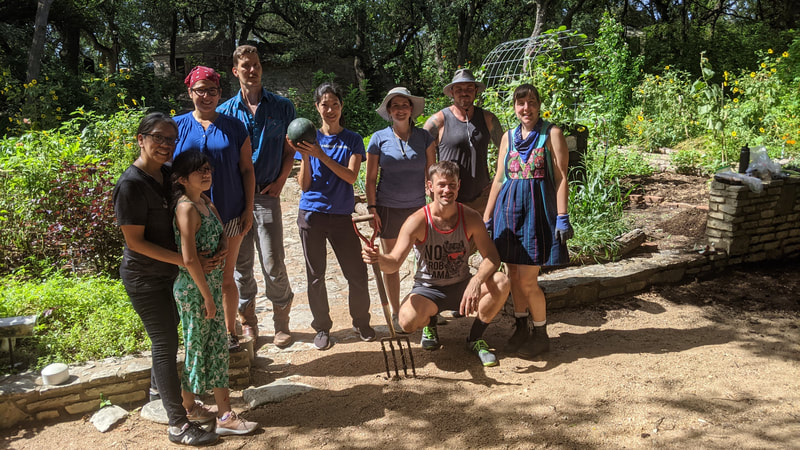
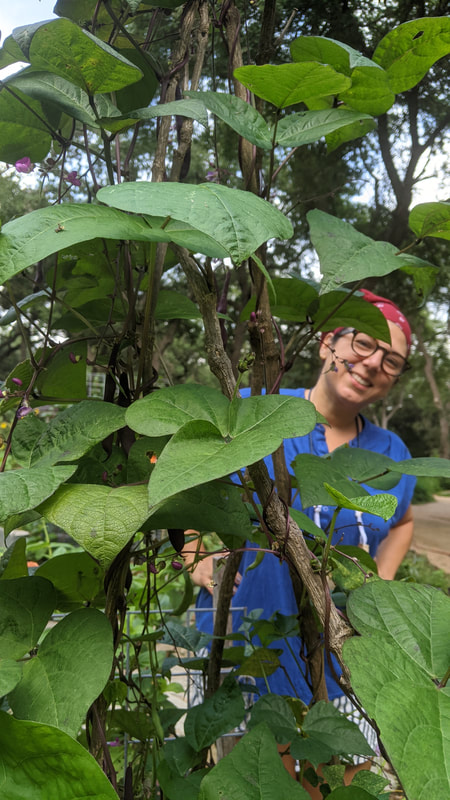
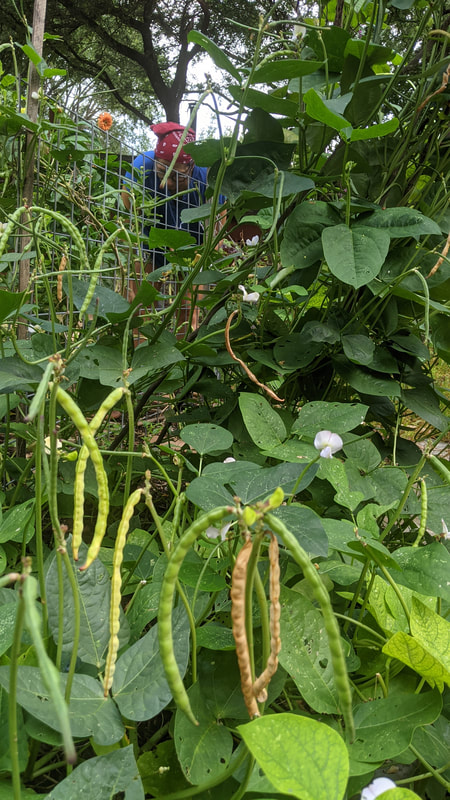
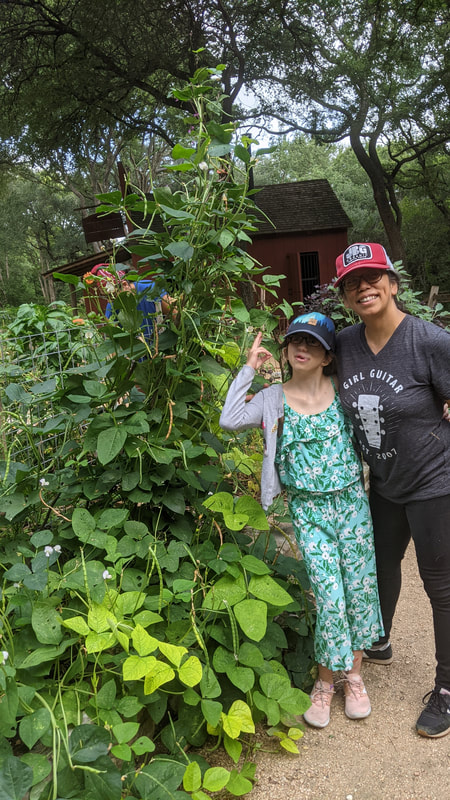
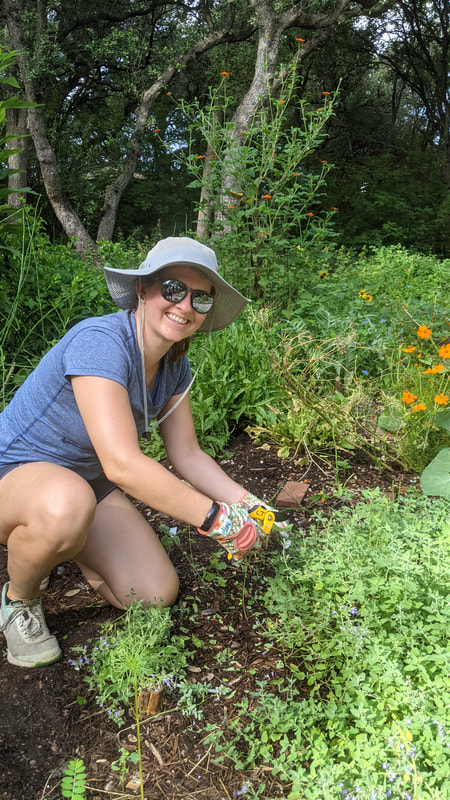
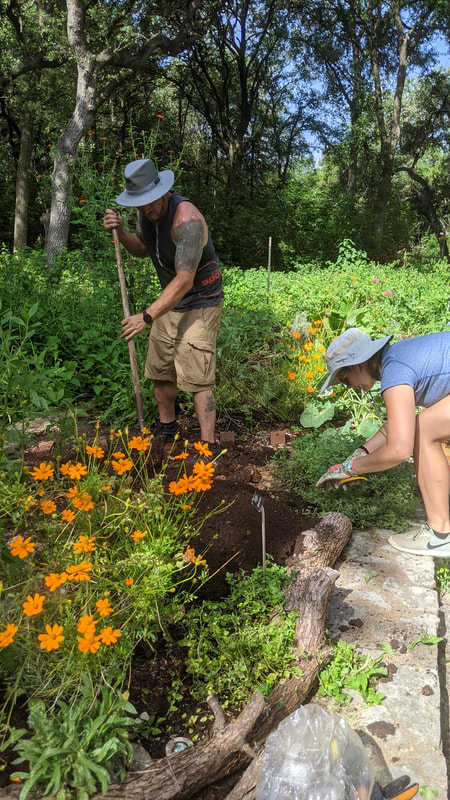
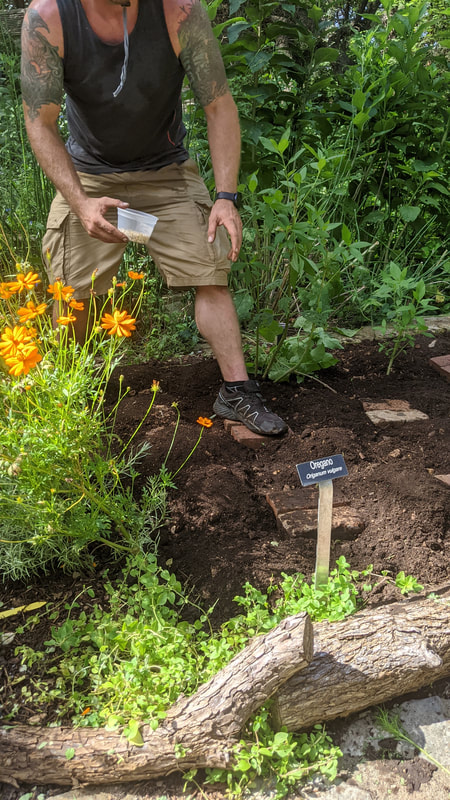
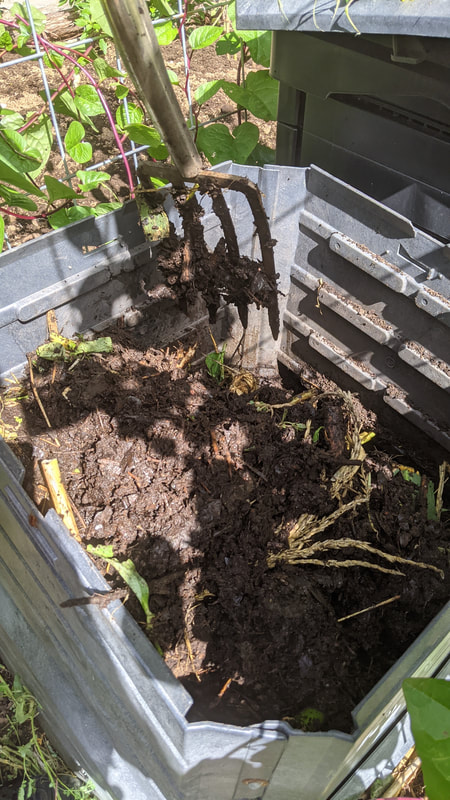
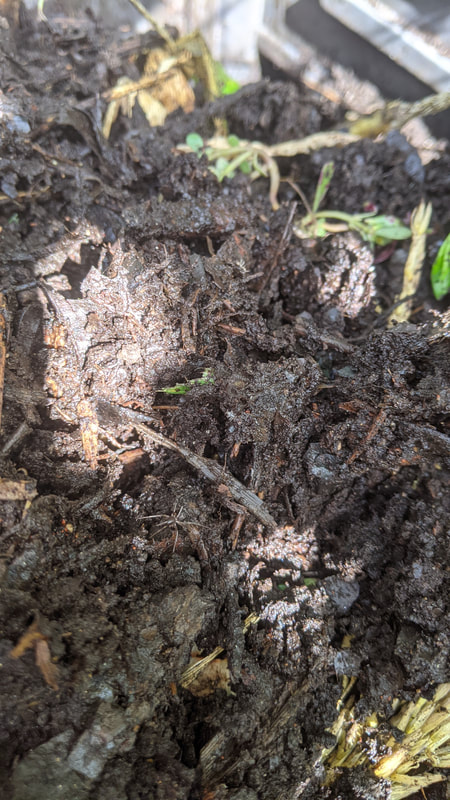
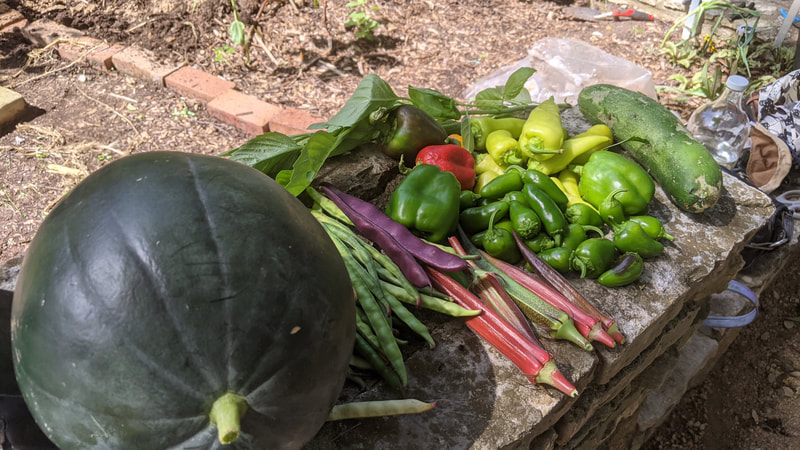
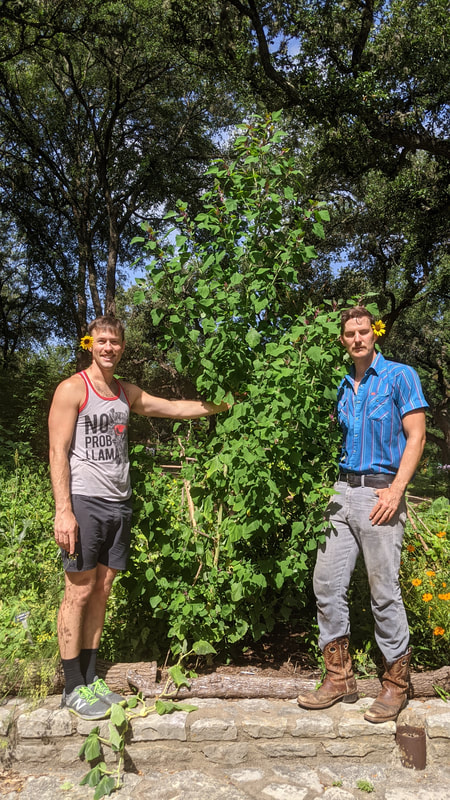
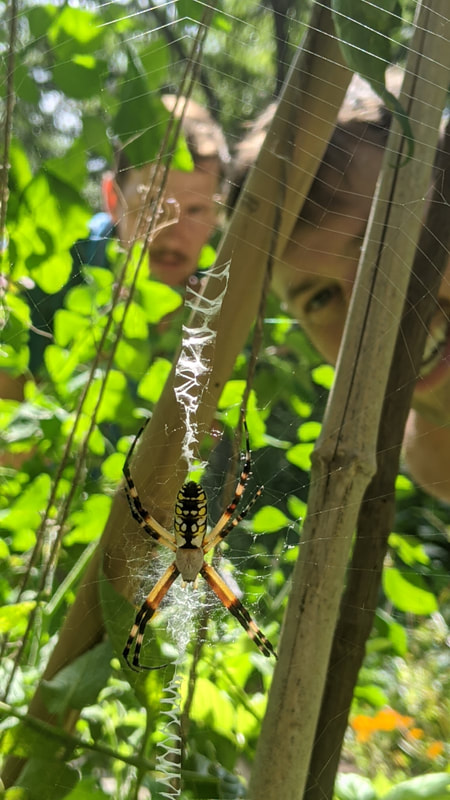
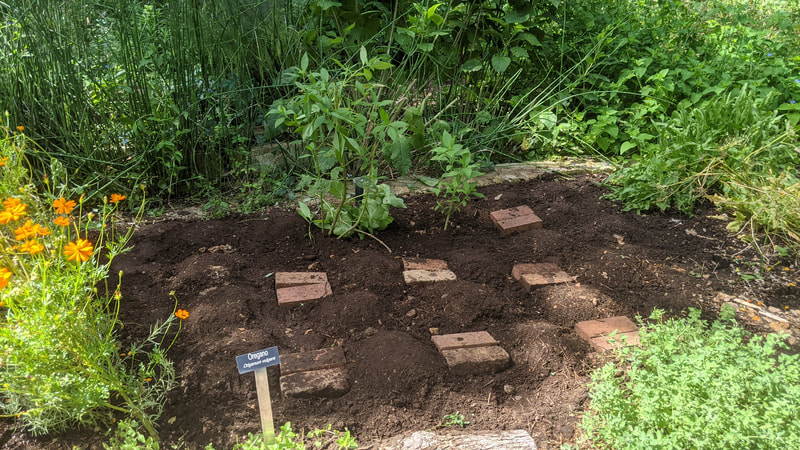
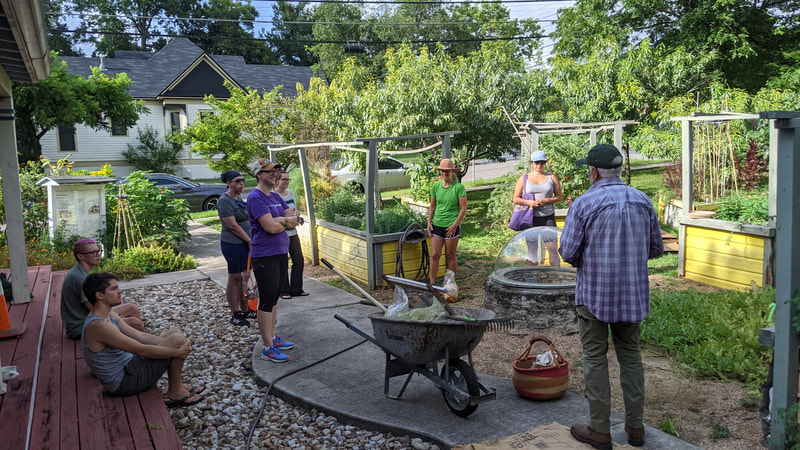
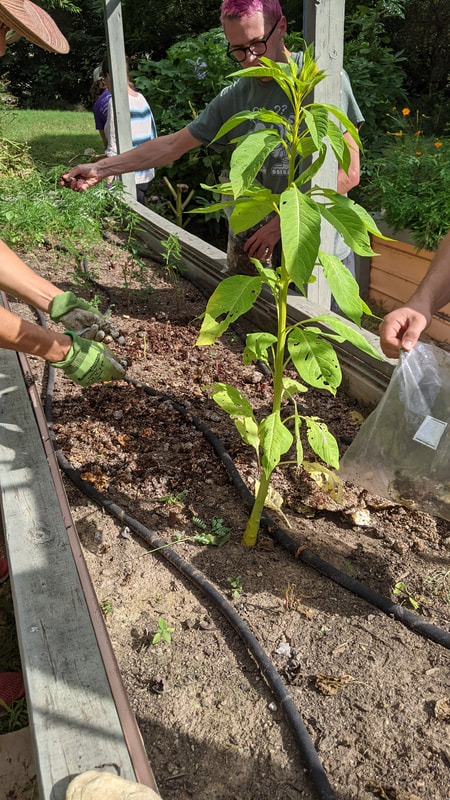
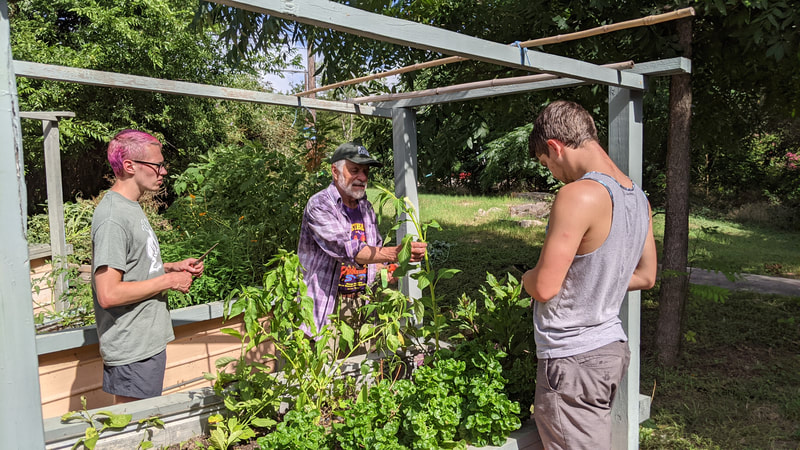
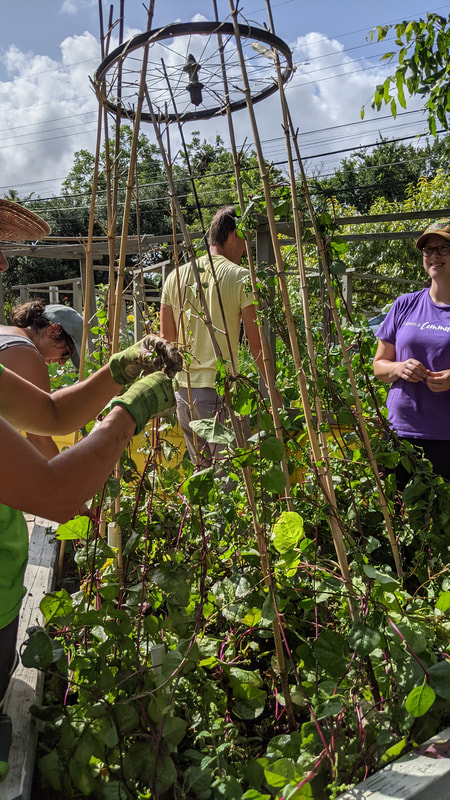
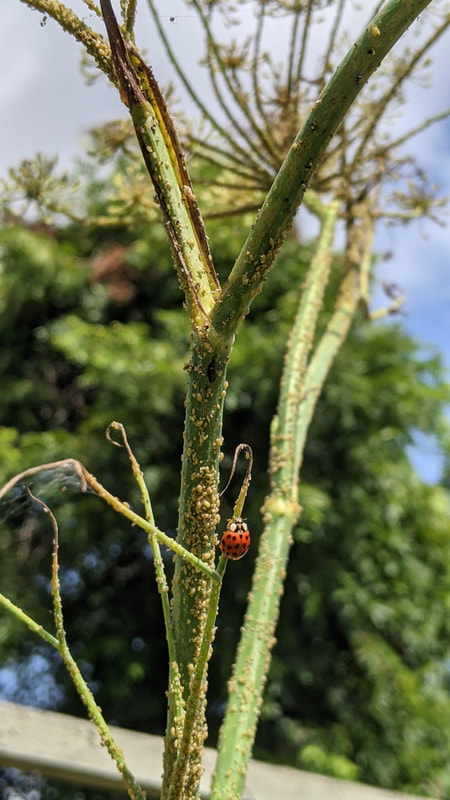

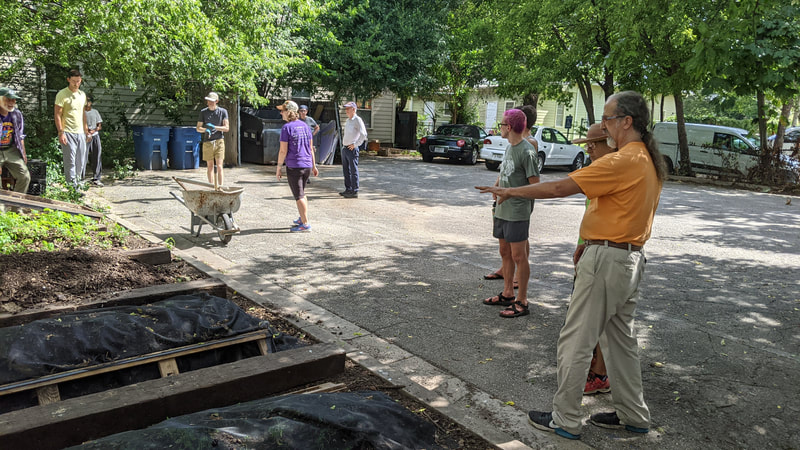
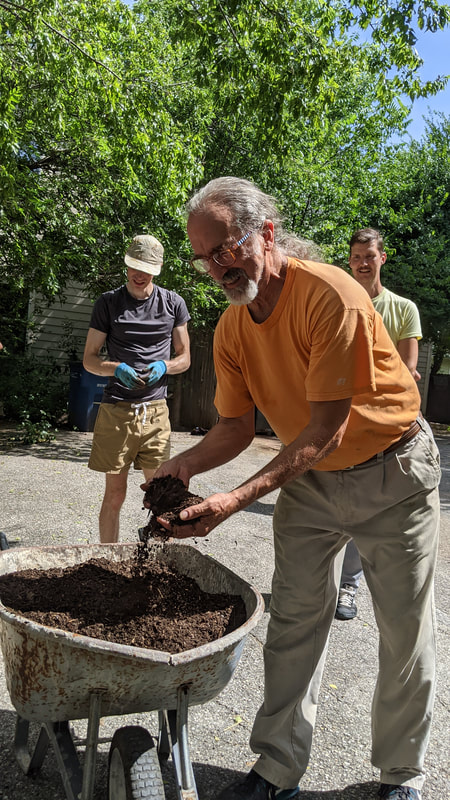
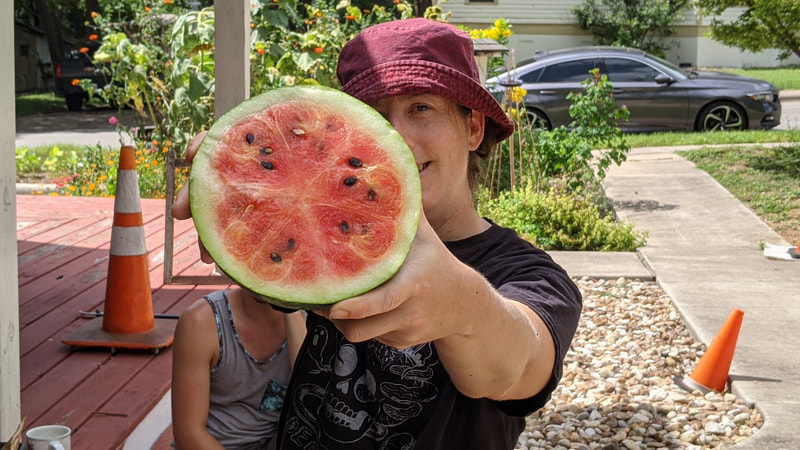

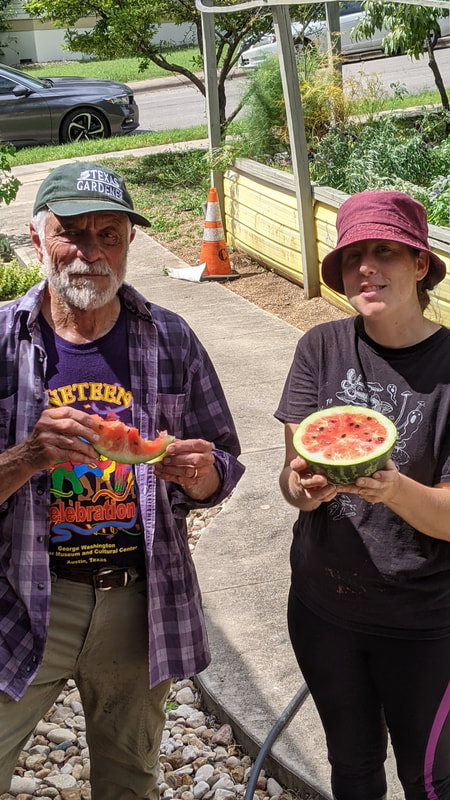
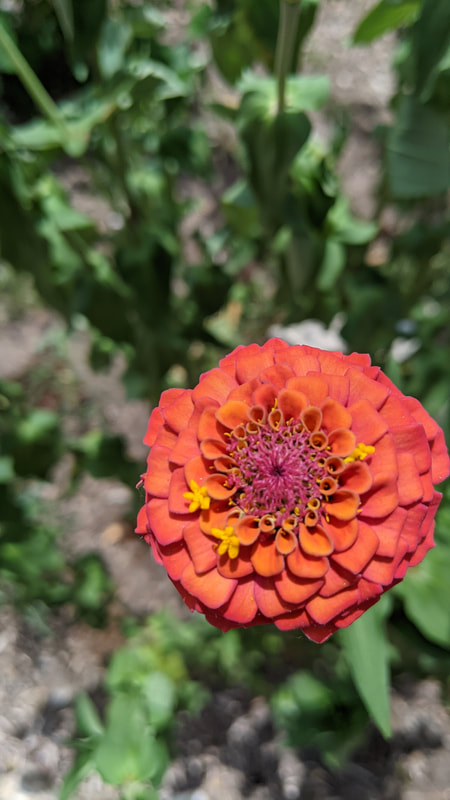
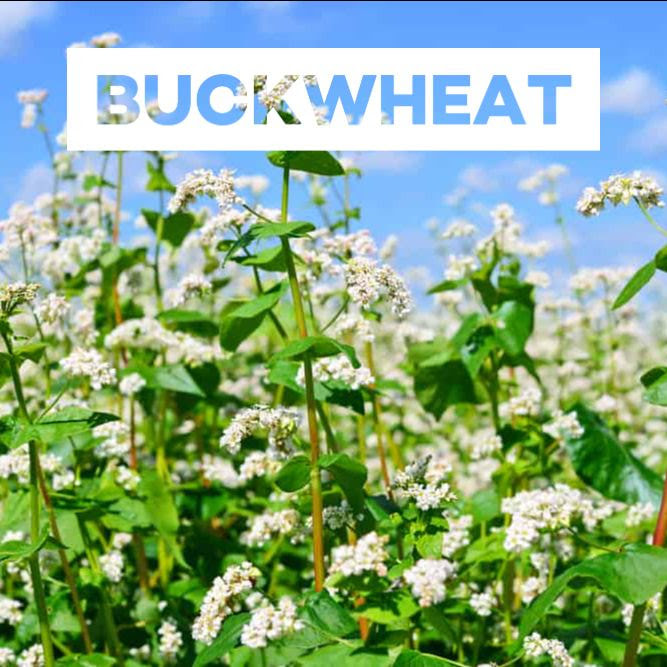
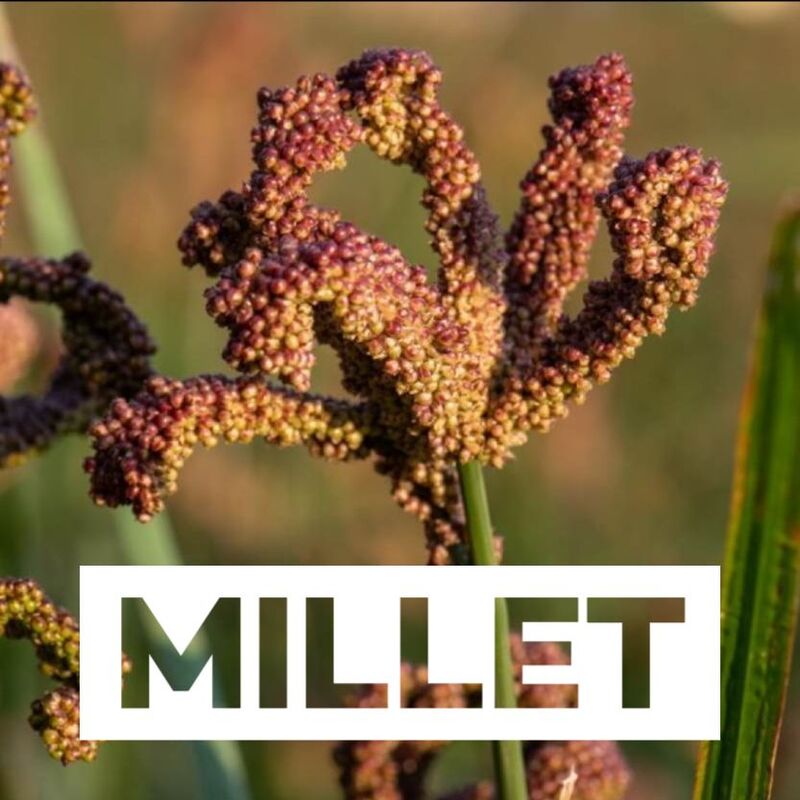

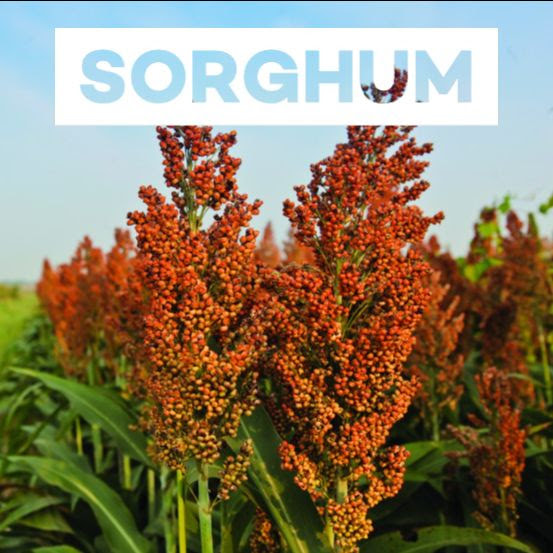

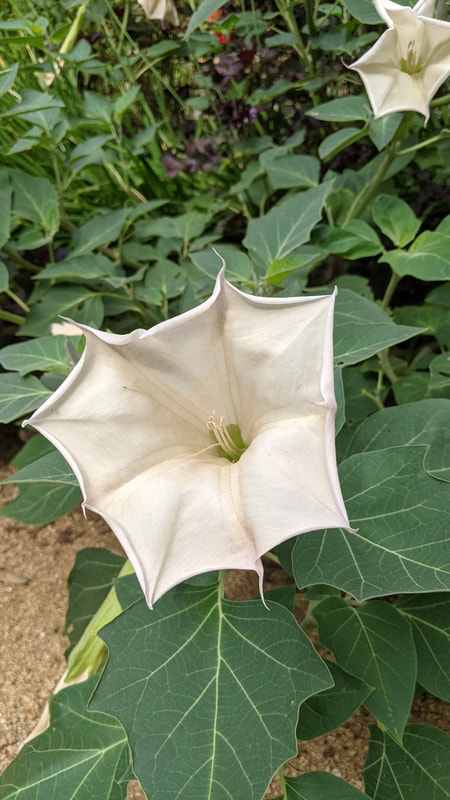
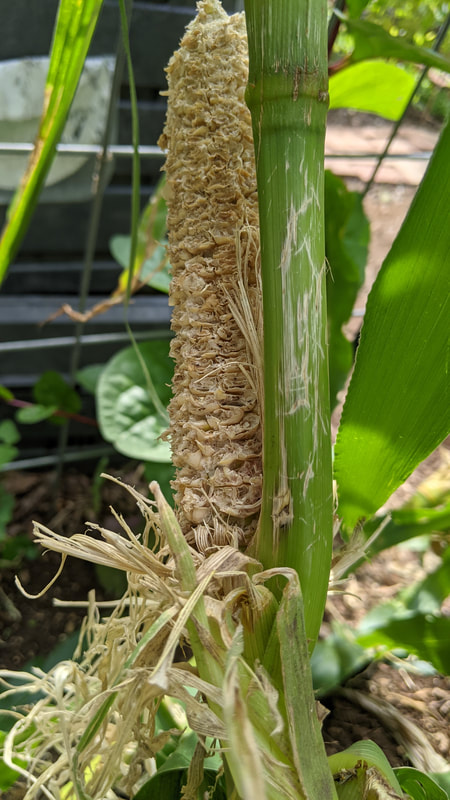
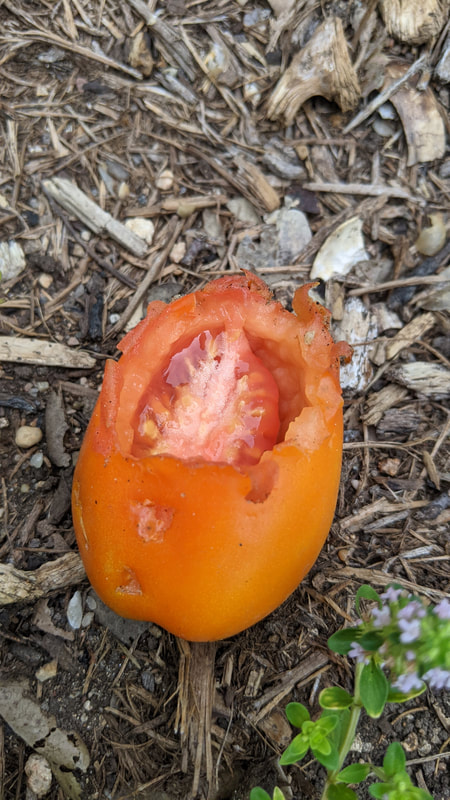
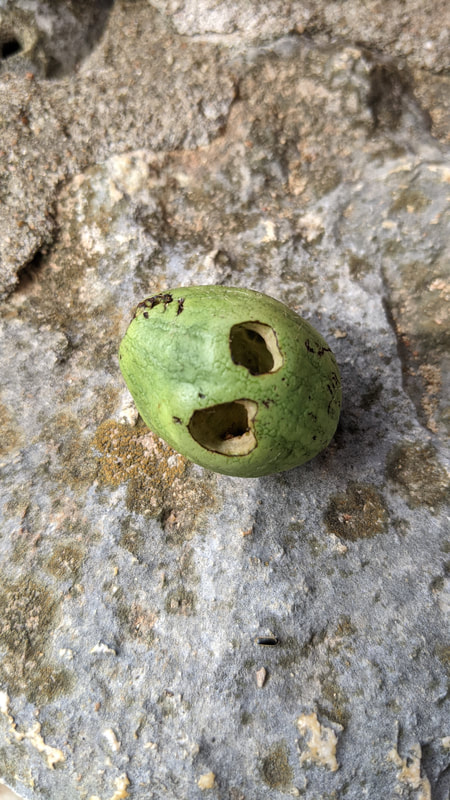
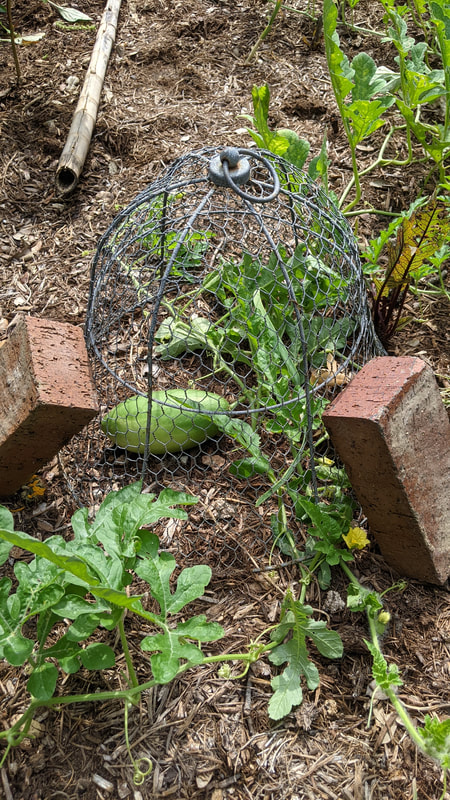
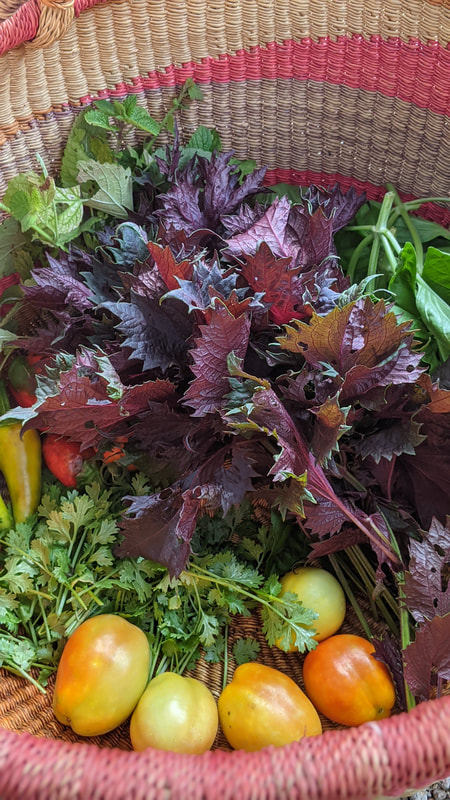
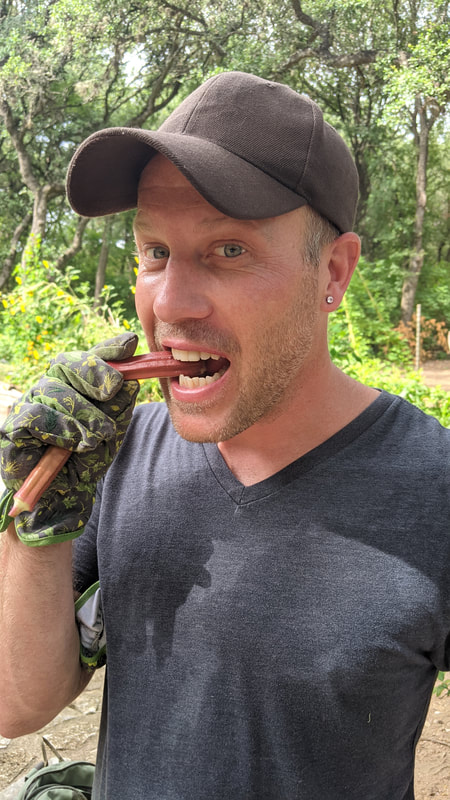
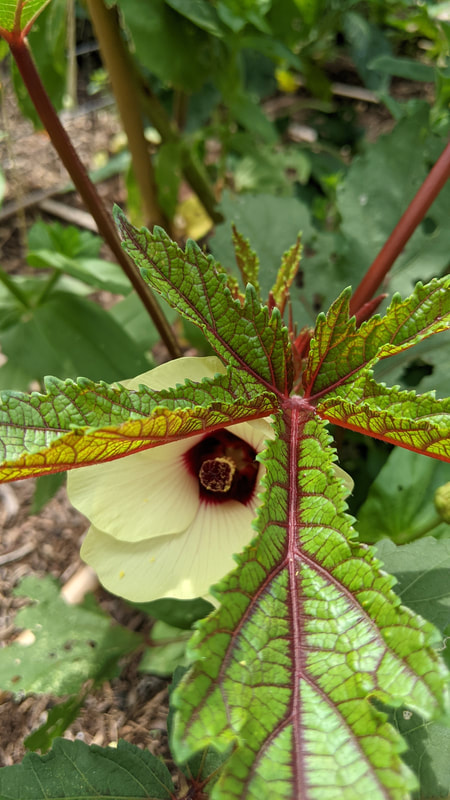
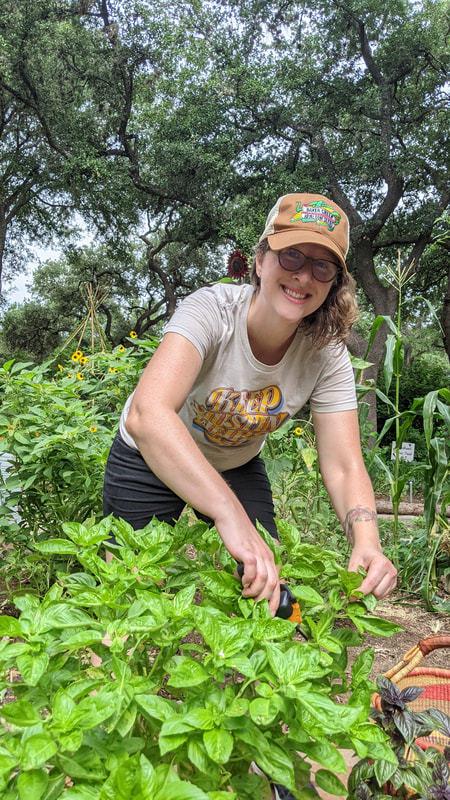
 RSS Feed
RSS Feed